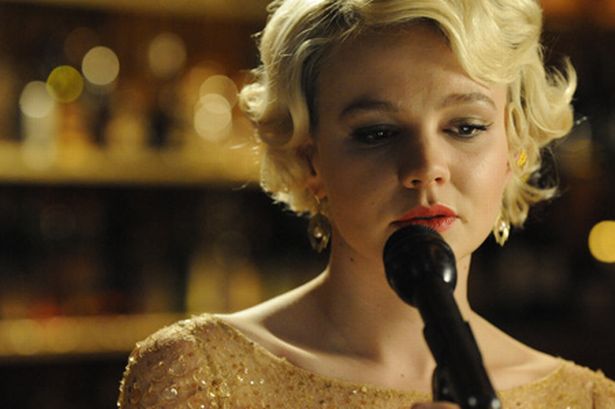In the most memorable scene in Steve McQueen‘s SHAME, Carey Mulligan sings a version of “New York, New York” stripped of romanticism and false promise, utterly resigned to the fact that she will probably not make it, here or anywhere. The close-up on her is punctuated by two or three perfectly positioned cutaways to the table where her brother sits, listening or not.
More than one other scene is shot in a long unbroken take in which the camera does not so much as think about moving. This lack of kinetic imagery is not just an aesthetic or thematic choice to create a mood or imply stasis in the troubled lives portrayed. It turns us into observers, or clinicians, unable to look away except by choice, reflex, or distraction, and so compelled, if we remain unblinking, to see the nuances of the behavior before us.
It is not that we have to see each unsavory act that Michael Fassbender‘s sexually obsessed lead character performs; most of those details are implied, or out-of-frame. What the lens fixes upon are his social interactions, the conversations that fail to bring him to real intimacy, the angst concealed by the benign gesture. This is a drama not of a bad person but of someone with whose self-ignorance we can sympathize even as his actions, none badly intended, appall us – or should.
Check listings for viewing options.
